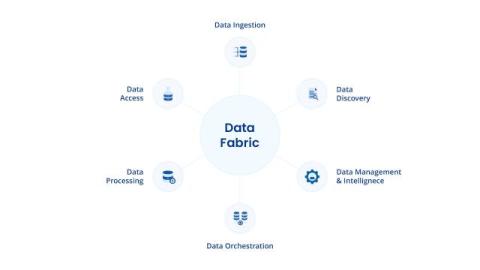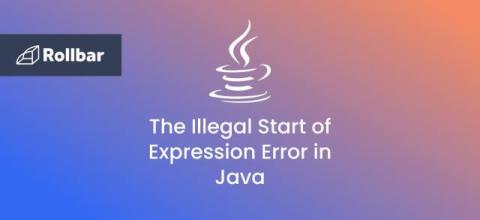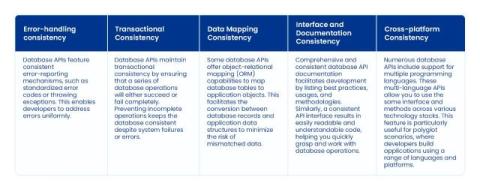Transforming QA Into a Strategic Value Added Initiative
Quality assurance (QA) activities are often seen as a necessary yet time-consuming and expensive process. This outlook can often limit the potential and impact of good QA. In reality, QA is not just about finding and fixing bugs; it’s a strategic value-add that can drive innovation, improve product stickiness, accelerate time-to-market, and enhance overall product quality. Yet, finding the balance between a necessary task and strategic impact can be challenging for many organizations.











